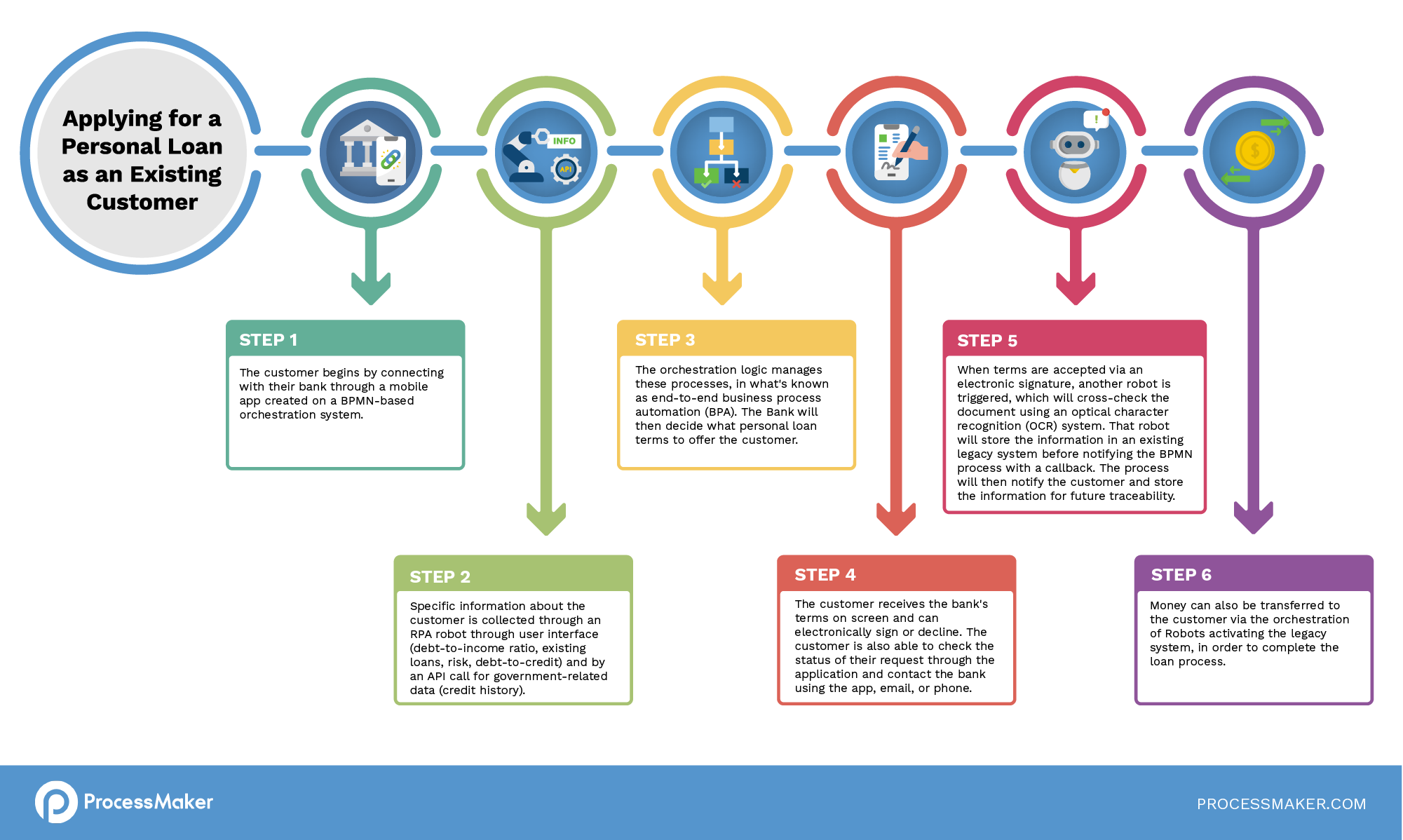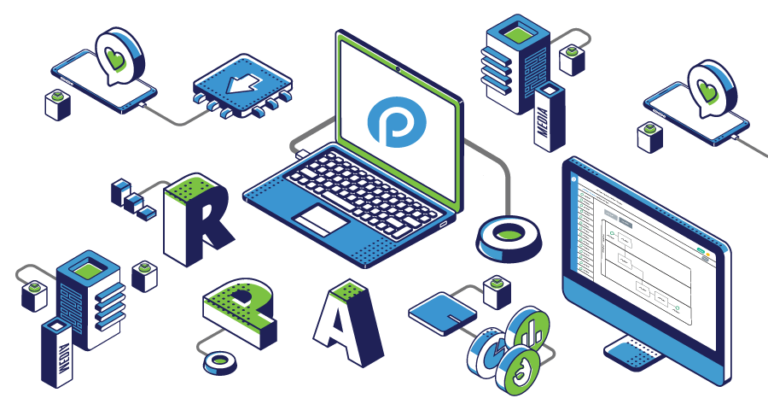For many companies, reaching a comprehensive digital transformation strategy is a long journey that can span years. However, some platforms accelerate this transition.
Business Process Model and Notation (BPMN) technologies have been shown to play a crucial role in digital transformation processes. Organizations want the latest technologies without any complications. Robotic Process Automation (RPA) technologies have also been gaining steam on the automation front. While BPMN and RPA are undoubtedly distinct, they can also work in complementary functions to assist in company-wide digital transformation.
What is Robotic Process Automation (RPA)?
RPA was created to automate routine, rules-based, and time-consuming tasks so that human employees can have more time to focus on higher-value work. RPA works with any application and executes from low-level triggers such as web page scraping or the click of a mouse. Nonetheless, RPA is not designed to optimize processes but instead make “optimized” processes work faster.
What is Business Process Model and Notation (BPMN)?
BPMN is designed to re-engineer underlying business processes to make them more efficient. BPMN can be used to determine how processes perform under varying scenarios and make improvements consistently. Like RPA, BPMN is a tool used to optimize repetitive and predictable processes. But, there are differences.
Introduced by the Object Management Group, BPMN helps users visualize the entire business process, whether it revolves around talent recruitment or new client onboarding.
How does BPMN help?
BPMN helps users to understand business processes so that there is no confusion. In fact, BPMN is the standard for visualizing business processes and allows departments to collaborate better once they know each other’s working processes. Invariably, drawn-out processes leave room for miscommunication. On the other hand, with BPMN, everyone can communicate how processes work using a clearly-understood medium like a diagram. It makes sense since some processes are too complicated to explain without the aid of a flow chart. Using a BPMN chart, you can see the following:
- Who performs each task
- Where bottlenecks occur
- If there are any redundant steps
- If miscommunication is prevalent around any of the steps
Orchestrating RPA robots with BPMN
RPA is designed to reduce the number of manual, repetitive, and rule-based tasks that don’t need any complex decision making. And, BPMN is used to re-configure and modify business processes to improve both efficiency and productivity. Where RPA uses bots to complete rules-based and time-consuming tasks, BPMN helps end-users streamline business processes to mitigate bottlenecks and improve turnaround time.
Synchronous vs. asynchronous calls
Using the BPMN 2.0 standard, processes can make both synchronous and asynchronous calls. When a process calls a robot in asynchronous mode, the process will continue as intended, and the robot continues its work while returning the requested data. Others do work also continues since asynchronous calls do not obstruct the workflow.
The main distinction between synchronous and asynchronous calls is that asynchronous calls do not block any program from code deployment. At the same time, in synchronous calls, code execution will wait for an event before continuing. Synchronous calls are also referred to as callbacks and are only executed after an event returns a response.
Let’s put this in the context of real-world processes. Unquestionably, most customer-facing applications require interactions between end-users and systems. Employees interact with back-end systems while clients interact with the customer-facing applications. BPMN orchestration of RPA can help link people with the right systems in the right ways. The processes deploy seamlessly, turnaround times are optimized, and the customers are happy with the superior service.
A BPMN-based platform can help to manage human interaction, delegate employee tasks, prioritize activities, validate tasks, manage deadlines, and more. Not to mention, BPMN and RPA technologies are easily integrated into existing systems with web forms to enhance every interaction.
Interactions through UI vs. APIs
Instead of using APIs, or other similar services, Robots interact with web forms. Since many legacy systems do not have APIs, robots can still assist because they interact with “traditional” user interfaces. When BPMN defines orchestration logic, RPA robots add an automation extension. Further, if a legacy system does use APIs, then BPMN can utilize direct orchestration. RPA, it turns out, is the perfect complement to BPMN. If an automated process fails, BPMN can quickly route the tasks to a designated pool of human employees for completion.
Example of Orchestrating RPA Bots with BPMN in a Personal Loan Application Process for a Bank

Consider an existing bank customer who wants to apply for a personal loan. The customer initiates the process by using their mobile app, which is driven by a BPMN-based orchestration system. Customer data is also collected by an RPA robot explicitly designed for these processes and accessible through UIs. The information may include risk evaluation, debt-to-income ratio, existing loans, credit history, and more. As a result, the orchestration logic manages these processes, known as end-to-end business process automation (BPA). Using this data, the bank will determine what types of personal loans to offer the client. Next, the customer receives the loan terms on their mobile screen and can decide to sign electronically or decline.
Further, the customer can monitor their loan status using the app or by emailing or calling the bank. If the personal loan terms are accepted through electronic signature, another robot is called upon to validate and verify pending documents using optical character recognition (OCR). The robot stores the information into an existing legacy system before using a callback (synchronous call) to notify the BPMN process. The customer will receive a notification. As the personal loan is approved, robots can also transfer money to the customer via BPMN orchestration to complete the loan process.
By orchestrating robots with BPMN, you can access powerful conjunction of technologies that supports robust digital transformation. Leverage RPA bots inside your processes thanks to ProcessMaker’s out-of-the-box connectors with popular RPA vendors such as Automation Anywhere and UIPath. Schedule a demo today.





